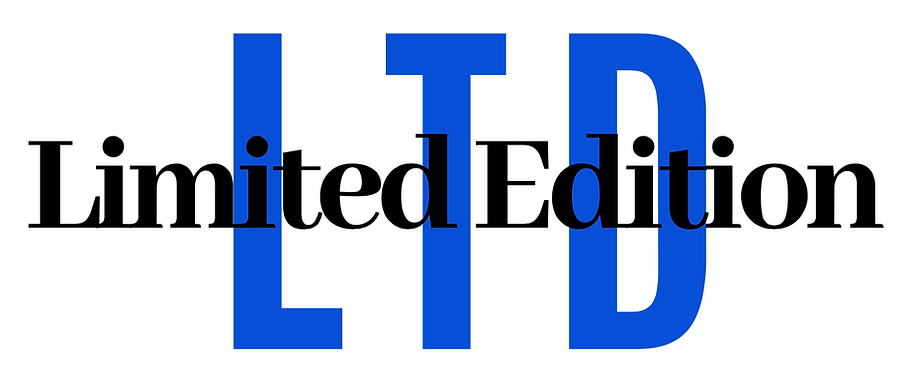Satisfaction Guaranteed
- Kaitlyn Rowsell
- Apr 29, 2021
- 3 min read
Have you ever, in the midst of watching a commercial, wondered, “What are they trying to sell me?” Regardless of the product, company, or intended audience, these enigmatic adverts are all selling the same byproduct: dissatisfaction.
In the early 2000’s, there was a rather anomalous shift in advertising. Products no longer needed to guarantee a 10-year longevity, or to serve multiple purposes, or even to save you money. Why would a product need to boost your immune system if it could boost your self-esteem instead? Sure, they could advertise a 10-in-1 treatment or a durable make, but beyond the veil of those empty statements, every marketing strategy became rooted in the unspoken mantra of advertising: trust is visual.
Whether an advertisement exploits a deeply rooted insecurity, or addresses a concern that you may have never considered, its ultimate goal is to stimulate a need that normally couldn’t be fulfilled, but that is implied as satiable through the purchase of their product. They administer the poison of dissatisfaction, and sell a temporary cure. This means that oftentimes, consumers aren’t paying for a product. We’re paying for an empty promise of perpetual satisfaction.
We have stopped buying products that will last for 10 years, and started buying the adrenaline that lasts us 10 minutes. Those who model the extreme of this phenomenon– the impulse buyers and shopaholics– have replaced their therapists with a more expensive treatment: retail therapy.
For most, retail therapy is simply an occasional excursion where the outing and the company are just as (if not more) important for the experience. For some, retail therapy is more comparable to a child’s trip to an ice cream store: a guilty indulgence, but still within reason. For a select demographic, the shopping mall is their supermarket, a staple.
Researchers at Bergen University remarked that, while not being an official diagnosis, compulsive spending, otherwise known as ‘oniomania’ strongly resembles other addictions. Their study duly noted that the glorified “retail therapy” is so detrimental to some that it causes its victims to exhibit symptoms similar to that of addictive substances (Andreassen).
Odds are that you, the reader, are not a victim of oniomania. In fact, you may have little to no interest in shopping. So what can you take out of this?
Addiction begins its monotonous cycle when you chase temporary satisfaction. While you may not be at risk of addiction– oniomania or otherwise– our brains are wired to self-satisfy by the most convenient or experience-proven means. Regardless of your spending status, self-improvement doesn’t discriminate.
All I have to offer is one piece of advice: pursue satisfaction without price tags. You may not always have your LV purse to hold on to, but you can hold on to your treasured memories wherever you go. The Grinch said it best: “Maybe Christmas (and your satisfaction) doesn’t come from a store. Maybe Christmas (and your happiness) means a little bit more” (GoodReads).
Happiness might be priceless, but happy memories are free by the truckload.
And a free experience with priceless people? Now that’s a bargain.
Sources:
Andreassen, C. S., Griffiths, M. D., Pallesen, S., Bilder, R. M., Torsheim, T., and Aboujaoude, E. (2016). The Bergen shopping addiction scale: reliability and validity of a brief screening test. Front. Psychol. 6:1374. doi: 10.3389/fpsyg.2015.01374
GoodReads. “How the Grinch Stole Christmas! Quotes by Dr. Seuss.” Goodreads, Goodreads, 2012, www.goodreads.com/work/quotes/267076-how-the-grinch-stole-christmas.
